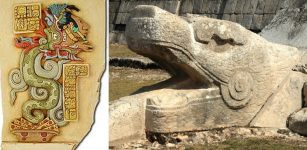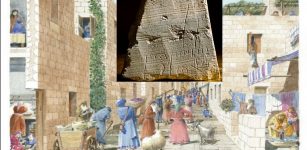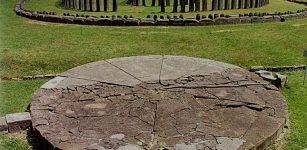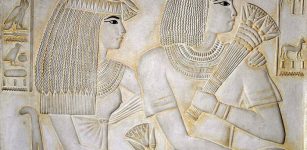Chogha Zanbil: Oldest Existing Ziggurat In The Near East
MessageToEagle.com – The Chogha Zanbil, meaning “basket mound” is the oldest existing ziggurat in the Near East. Located in the province of Khuzestan in Iran, the Chogha Zanbil ziggurat is estimated to be about 3,000-years-old. It was constructed by the emperor of Elamite, . The Elamite civilization was one of the earliest cultures to have flourished along the rivers of Khuzestan.
This magnificent stepped pyramidal temple was dedicated to the bull-god Inshushinak, regarded as protector of Susa. Founded c. 1250 B.C., the city remained unfinished after it was invaded by Ashurbanipal, as shown by the thousands of unused bricks left at the site. Still, it is unlikely that many people, besides priests and servants, ever lived there.

Some scholars speculate, based on the large number of temples and sanctuaries at Chogha Zanbil, that Untash-Napirisha attempted to create a new religious center (possibly intended to replace Susa) which would unite the gods of both highland and lowland Elam at one site.
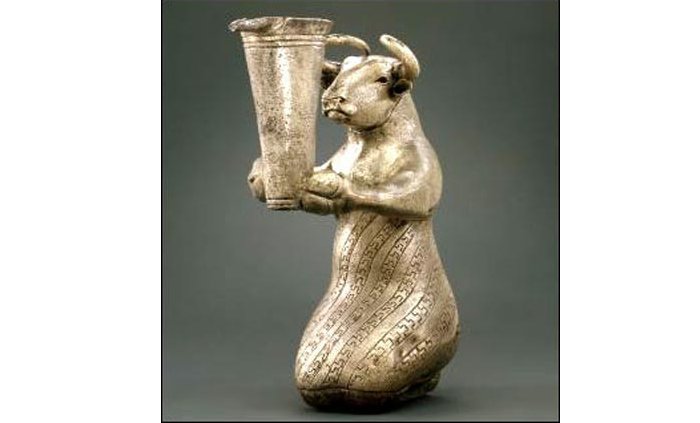
The entire complex consists of the magnificent Chogha Zanbil ziggurat (the largest structure of its kind in Iran), temples, and three palaces.
The ziggurat’s irregularly shaped outer wall extends approximately 3,900 by 2,600 feet (1,200 by 800 meters) around the inner sanctum and 13 temple buildings, of which only four are well conserved. The square base of the ziggurat, 344 feet (105 meters) on each side, was built principally of brick and cement. It now stands 80 feet (24 meters) high, less than half its estimated original height.
For a long time the place was unknown to the outside world, but the ziggurat was accidentally discovered in 1935 by British Petroleum during an oil searching project.
See also:
Assyrian King Ashurbanipal’s Great Library With Thousands Of Cuneiform Tablets
Ancient Fascinating City Of Susa That Appeared In The Earliest Sumerian Records
Secrets Of The 5,000 Year-Old Proto-Elamite Tablets
First known archaeological studies of the site were conducted in the late 1930s. Later, between 1946 and 1962 excavations were carried out by the archaeologist Roman Ghirshman. Many interesting ancient artifacts were discovered at the site. Among them several bull sculptures of Inshushinak. Arcaheologists also uncovered a collection of Middle Elamite cylinder seals. One of the buildings contained five vaulted underground tombs. Four of the tombs contained cremated remains and inside one tomb there was one uncremated body. The Elamites traditionally buried their dead, and the reason for the cremation is unknown.
The ziggurat is considered to be the best preserved example in the world. In 1979, Chogha Zanbil became the first Iranian site to be inscribed on the UNESCO World Heritage List.
MessageToEagle.com
Expand for referencesReferences:
Britannica


